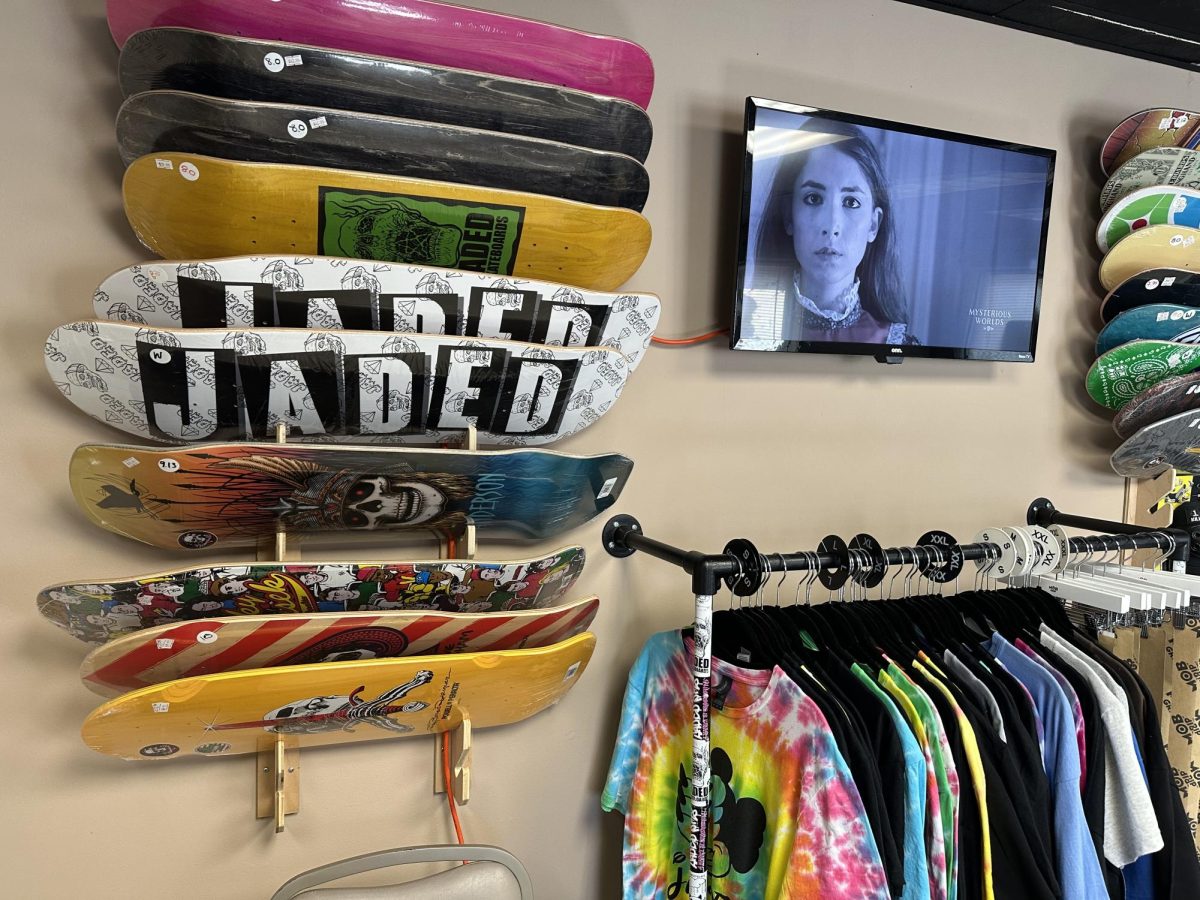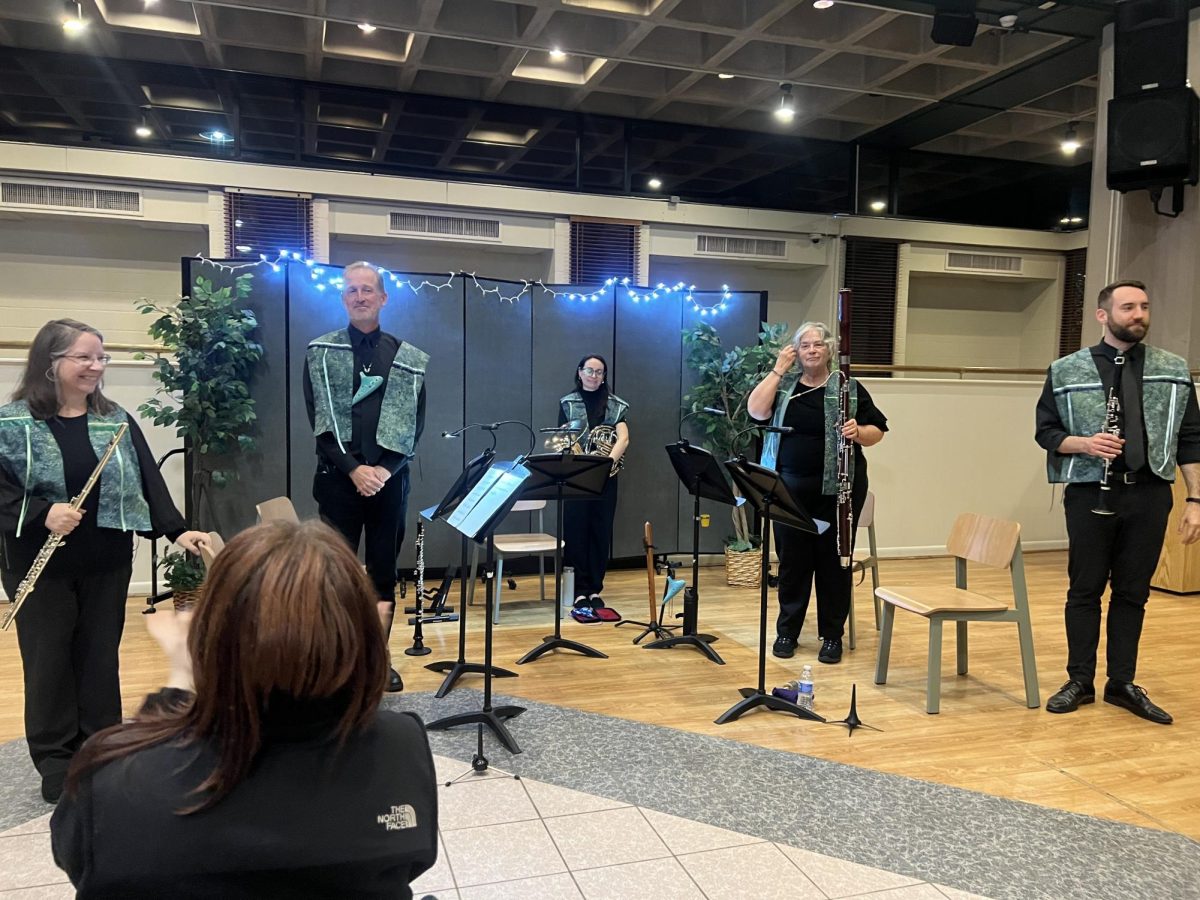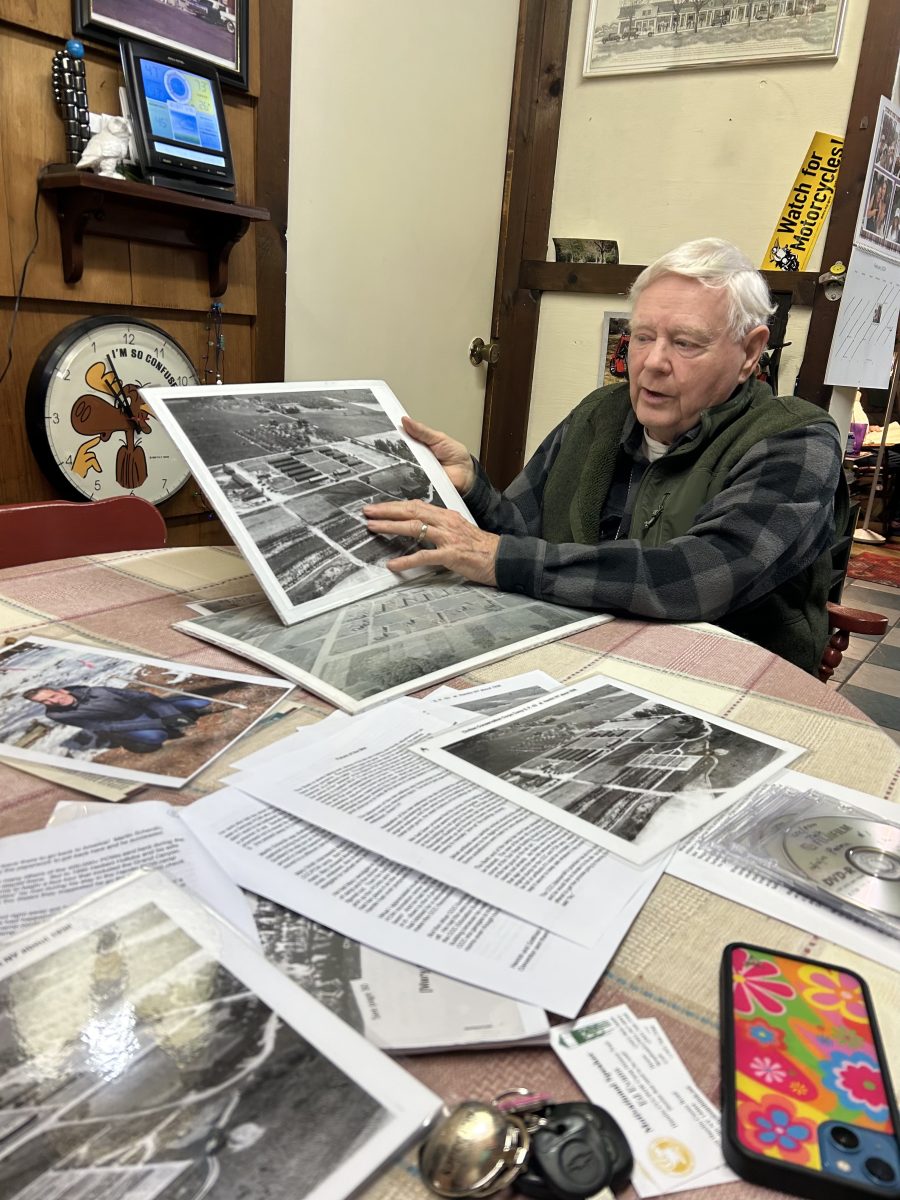When the COVID-19 outbreak first became more widely known it caused a mass panic, driving people to the stores to stock up on necessities. As time went on and the panic died down, grocery store shelves were restocked and, as the businesses deemed non-essential shut down, many places including grocery and hardware stores remained open.
The essential workers who fill these places went relatively unseen prior to the shutdown but since then they have been working extra hard to keep things running smoothly for customers.
A wegmans employee, Stehpen Schultz, said he worked extra shifts at the beginning of the pandemic outbreak.
“When this all first started I got called in for a lot of extra hours and I will never forget the first morning I was to open,” Schultz said. “I walk to work because I live close enough to do that, in the mornings the store opened at 6 a.m. and I usually get there about 30 minutes prior to opening. As I turned the corner to work, at 5:30 in the morning, I saw a crowd of at least 100 people waiting outside for the doors to open. I opened several days that week and each day there was a crowd like that, with a lot of the same faces too.”
Even though these employees have been working harder than ever before, customers don’t seem to be appreciating this fact.
“When things first started happening I saw an amount of greed and panic I’d never seen before,” Schultz said. “That first day and first week or two, customers were more rude to employees who worked more toward the front of the store and mainly in the morning — they were hoarding as much as they could in their carts. The morning people were monsters whereas those who came in the evening were usually desperate individuals; usually the elderly, struggling to find the bare necessities as the morning people took it all.”
The first week was jarring to these employees, not only did they witness the panic people were feeling first hand, but they also saw their stores in a new way for the first time.
“I took pictures of our shelves as I had never seen the entire department completely empty,” Schultz said. “Then the limits were put on items about two weeks later.”
After these limits were put in place Schultz said customers had varrying reactions.
“There was a mixture of compassionate customers thankful for our work and also customers throwing tantrums because two of one item wasn’t enough,” Schultz said. “But I also got to see some of the best compassion as some younger customers would put a bunch of items in their carts in the morning, walk around the store most of the day and give what they had in their cart to the elderly and people in need; toilet paper, meat, canned foods etc.”
Eventually, though, Schultz said people adjusted and became more empathetic.
“Many customers began to be more understanding than they were previously and the thanks began to come more and more often.”
Employees at Lowe’s have had a slightly different experience. As their particular stores aren’t catering to everyone in the same way a grocery store would, they didn’t experience the completely empty shelves Wegman’s did.
One Lowe’s employee, Jeff Denmark, has taken notice of the ways shopping patterns have changed.
“When things first shut down, many customers were afraid to be out in public,” Denmark said. “They definitely were more interested in getting what they needed and going home as fast as possible”
As time goes on, Denmark has also noticed customers’ attitudes changing.
“At first, customers were very cautious and polite,” Denmark said. “Over time, however, customers became irritated with being stuck at home, and currently spend far too much time out shopping for non essential products.”
Another Lowe’s employee, Seth Deeren, has been working mostly after the store closes, minimizing his contact with the customers.
“Lucky for me I don’t spend too much time with customers because our hours have been cut and I work mostly nights so I don’t have much contact with customers,” Deeren said. “I haven’t noticed any customers with bad behavior.”
Whatever the rate at which we return to somewhat of a normal life, it seems as though society should remember those who were working when the rest of the world was at home.



















